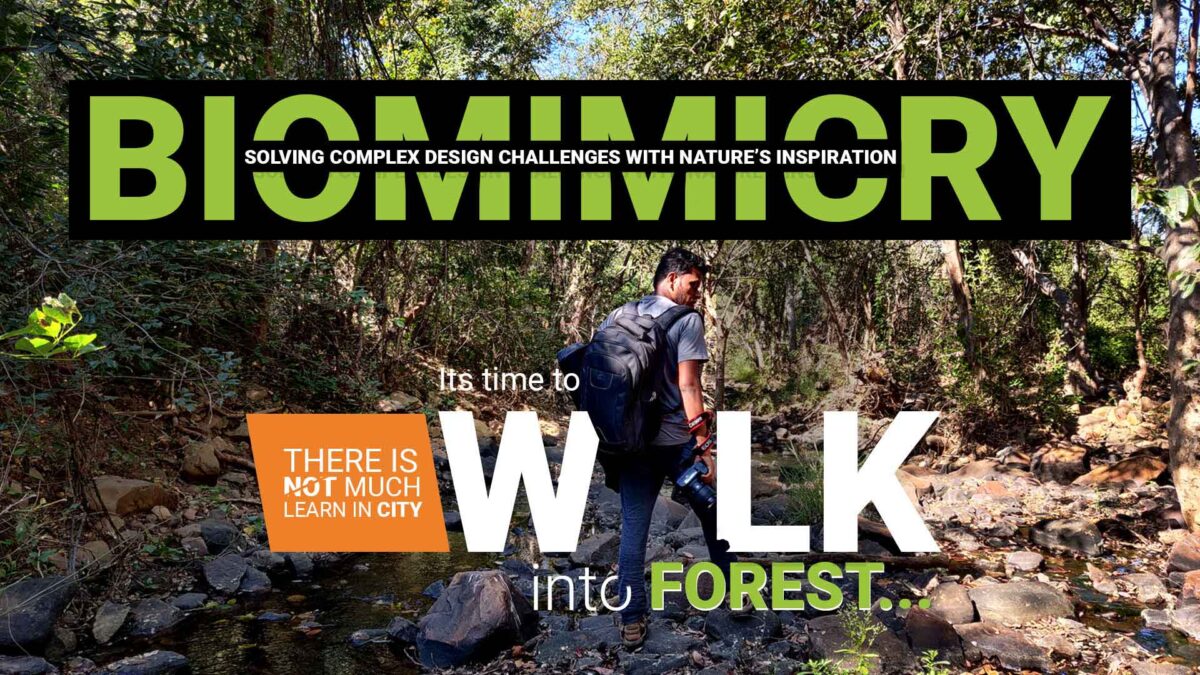For centuries, there has been an inter-connected relationship between humans and nature. Nature has inspired us through art, architecture, and the solutions it offers to complex human problems. Biomimicry is a process that involves re-establishing a connection with nature and addressing complicated human challenges by learning from and replicating nature’s strategies.
What is Biomimicry mean?
Biomimicry is a term derived from the Greek words “bios” meaning life, and “mimesis” meaning imitation. It is a field of study that involves learning from and emulating the strategies of nature to solve human design challenges. In other words, biomimicry involves using nature as a model, mentor, and measure to create sustainable solutions to human problems. It is often used interchangeably with terms such as bionics, bio-inspiration, and biognosis.

Origin of Biomimicry
There is no definitive proof of the origin of biomimicry, and it is not a new concept. Leonardo da Vinci, who lived from 1452 to 1519, was fascinated by the phenomenon of flight and produced detailed studies of the flight of birds, as well as plans for several machines including a helicopter and a light hang glider that could have flown. Other examples of biomimicry abound, as described by Steven Vogel in “Cat’s Paws and Catapults” and Janine Benyus in “Biomimicry”.
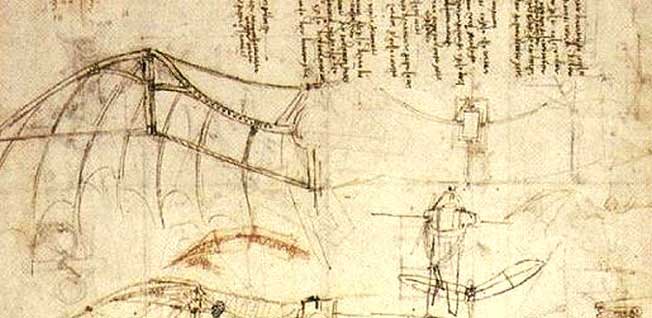
These examples demonstrate how biomimicry can be applied in various fields to create innovative solutions inspired by nature.
The wind turbines are modeled after the flippers of a humpback whale, which enable it to maneuver efficiently in the water.
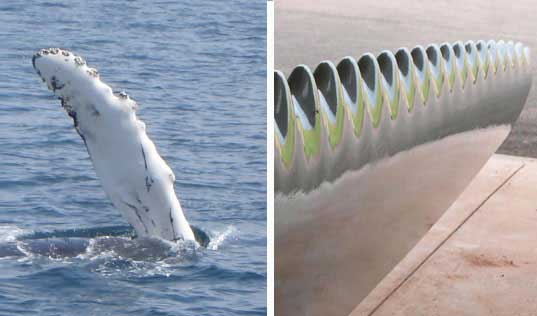
The bullet train takes inspiration from the beak of a kingfisher, which allows it to dive into water with minimal splashing.
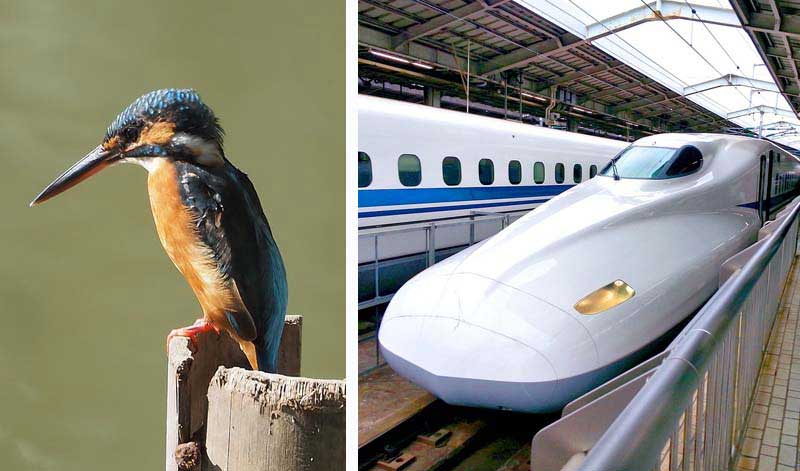
Air conditioning systems have been inspired by the termite mounds present in nature, which use ventilation systems to maintain a constant temperature inside the mound.
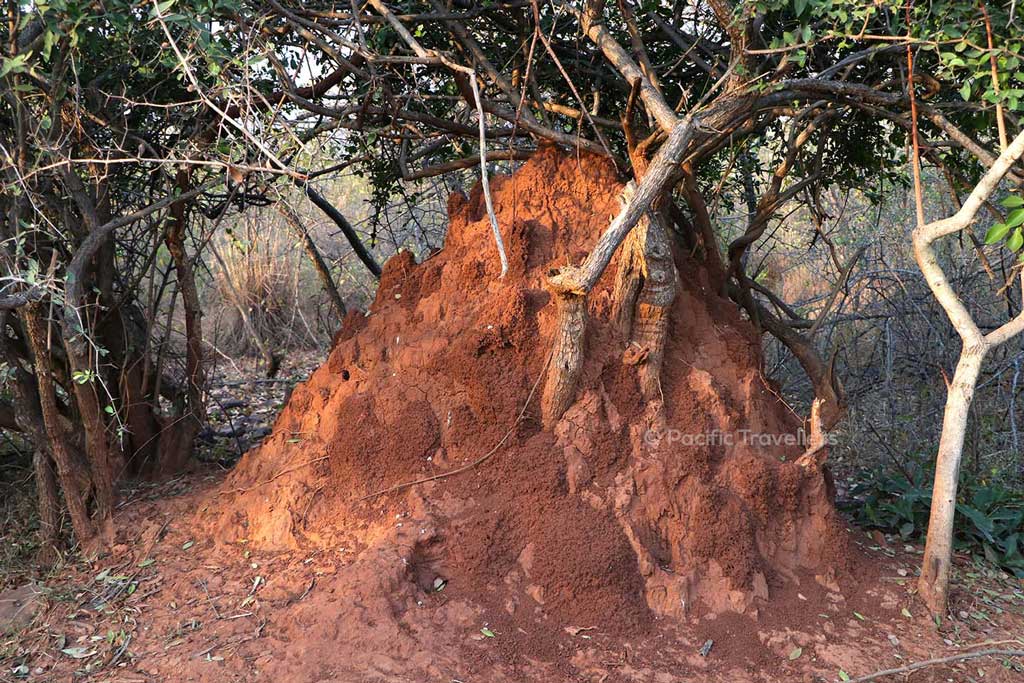
All of these examples show how biomimicry can be used to create innovative and sustainable solutions by imitating nature’s forms, processes, and systems.
Here are some more examples of biomimicry that we can observe in our daily lives.
- Colour combinations in fashion and design are often inspired by the colors found in Nature (eg. flowers, plants, and the sky).
- Underground cables can be inspired by the way roots of trees grow and spread, while street cables can mimic the way aerial roots of some trees hang down.
- Wool from sheep is used to make warm blankets and sweaters, taking inspiration from how sheep’s wool keeps them warm.
- The spiral architecture and sustainability of spider webs can inspire designs for buildings and structures.
- Patterns found in nature can inspire everyday fashion choices, arts and architecture.
There are numerous other instances that we can associate with Biomimicry. We should commence learning, drawing inspiration and innovating from Mother Nature.

